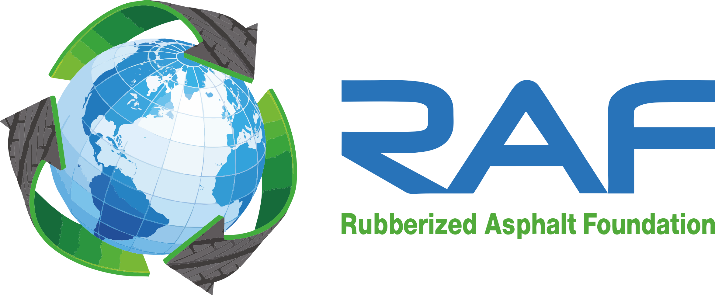Beginning in June 2010, MassDOT set goals to become the most sustainable transportation department in the country. In December 2012, the GreenDOT Implementation Plan was launched and established 15 broad sustainability goals to decrease resource use, minimize ecological impacts, and improve public health outcomes from MassDOT’s operations and planning processes.
Each goal is supported by three to five tasks to be implemented over the next eight years. These tasks are then followed by specific indicators, which identify implementation time horizons and divisions responsible for implementation.
Rubberized asphalt will be used to meet the goals related to improved life-cycle impacts of investments and will be used increasingly through 2015 (see page 45 of the plan).
Rubberized asphalt has been successfully used by MassDOT since 2008 as a thin rehabilitation surface. The 1.25-inch asphalt-rubber gap grade surfacing takes advantage of the highly modified binder’s ability to resist reflective cracking in a reduced thickness application.
The reduced thickness concept for mixes with asphalt rubber binder (as described by ASTM D 6114 and commonly used in the southwestern United States) was originally developed by the California DOT (CALTRANS) in the mid 1990s. The reduced thickness design was later verified by the Federal Highway Administration (FHWA) Accelerated Loading Facility Pooled Fund Study (TPF 5-019) at the Turner Fairbank Highway Research Center in McLean VA.
The heavy rubber loading in the binder of 16-22% by weight of the liquid provides millions of discreet rubber particles in the binder system in each ton of mix that simply do not crack. This technique utilizes the engineering properties of the tire rubber in particulate form to inhibit and slow the progression of reflective cracking.
The rocks in the mix do not crack and confine the crack to the binder in between the rocks. As a crack begins to move through the binder in an asphalt mix, the crack is continuously impeded by the rubber particles loaded into the binder system, and the crack must find another way to get around the rubber.
Look for more innovations with rubberized asphalt in Massachusetts this year as the DOT raises the bar for sustainability, cost effectiveness and quality in its materials for use in highway paving projects.
